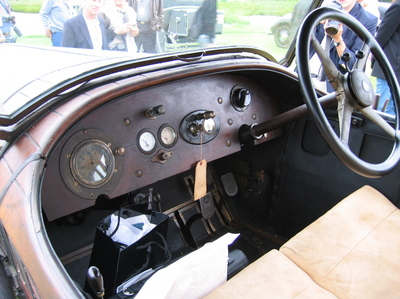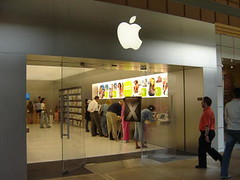I’d like to tell you about a new aesthetic term called "beausage". It sounds French but it’s not; instead it’s a synthetic combination of the words beauty and usage, and describes the beauty that comes with using something.
Beausage is:
- Roman amphitheater steps whose faces are worn away by the tread of thousands and thousands of shoes
- Stone chips on the hood of a Ferrari 250 which has been run hard and put away wet
- A bike seat whose adapted form reflects that of its owner’s posterior
- The look and feel of the cockpit of the old Mercedes pictured above (a jumble of replacement gauges and parts, obviously used a lot) — that’s 91 years of beausage!
How, you may ask, is beausage any different than patina? Well, it’s certainly related, but different. Patina is really more about surface level changes happening at a chemical level: oxidation, chemical stripping, and so on. Beausage describes changes that happen in 3D where atoms get torn and stripped away, as occurs with scratches, tears, chips, and wear marks. I used to say "patina" when what I really meant was "beausage". It’s nice to have both.
I wish I could say I coined it, but the term beausage is the brainchild of Grant Petersen, grand pooh-bah of Rivendell Bicycle Works and probably the single most brilliant, holistic, and intuitive brand creator out there. I mention Grant not only for intellectual attribution, but because he’s going to help us bring this back into the world of creating cool stuff. Grant states that "In general, real materials develop beausage, and synthetics look like old junk. It’s like a cowpokes’s old denim jacket, versus an old polyester leisure suit…".
Beausage is something for all products and their designers to aspire to. When the chrome on the back of my iPod scratched away, the resulting exposed grey plastic made the thing feel cheap and ephemeral — the opposite of what a good chrome finish should have done. Imagine an iPod that looked better (beausage) the more it got used. When you start to conceive of finishes not as veneers but as reservoirs of meaning via beausage, then you’re giving your customers something that will continue to provide satisfaction through the ages.


